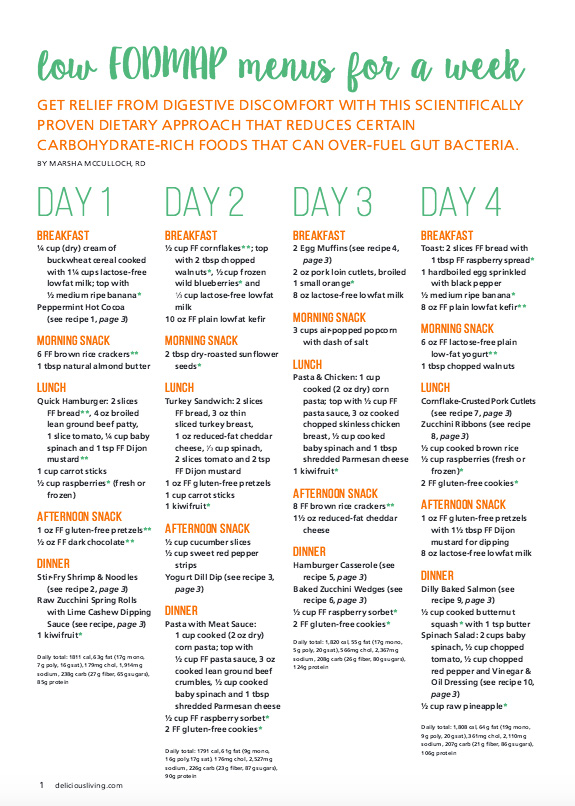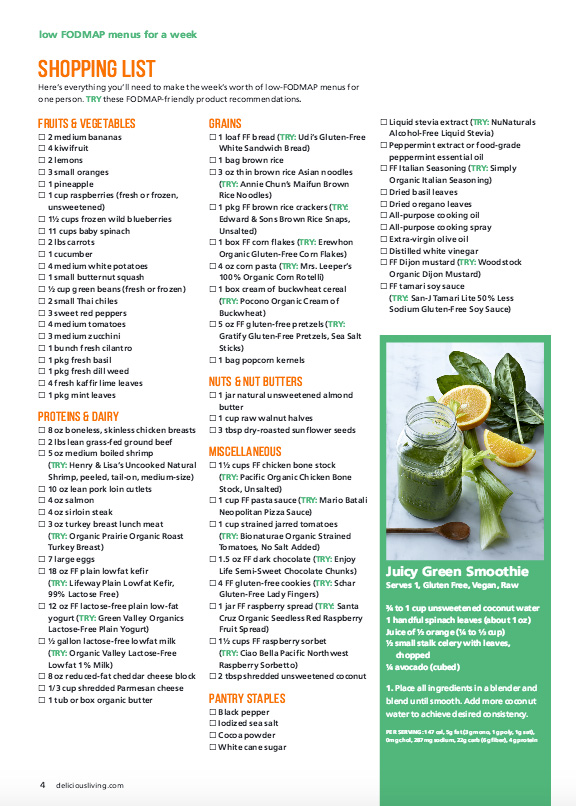Happy Valentine’s Day! Valentine’s falls on ‘Wellness Wednesday’ this year, so this is a great day to think about showing yourself some love. The #NewHopeBloggerBox happens to be full of supplements this time around that can definitely improve your health and beauty, and even your breath! Valentine’s isn’t supposed to be only about self-love after all. So let’s start there~
At first I thought this package from Lively Up Your Breath was gum, but it is actually a capsule full of liquid that you break open in your mouth, then chew or discard the capsule. (I discarded mine.) It has powerful ingredients such as peppermint oil and menthol crystals, as well as chlorophyll to provide both instant and long-lasting results. They are free of refined sugar, artificial colors and flavors, gluten, aspartame, and no preservatives.
Beauty is certainly in the eye of the beholder, but great skin never hurts. Neocell’s Super Ceramindes helps hydrate the skin from the inside out, which is helpful any season but especially in winter.
This is where self-love is important because if you are unhappy with the quality of your skin, especially when it comes to aging, there are different supplements out there that can offer help. Neocell also makes great collagen powders and supplements that I swear have kept my skin from getting the grey cast it always has by this time of year. I’ve been drinking a glass of the powder mixed in water first thing in the morning for a couple of months and it has helped my skin look alive in the dead of winter. It’s really just a matter of figuring out what works best for you, and no one is going to give you permission to take care of yourself, you just have to commit to doing it. (Trust me, I know it isn’t easy.)
That goes for weight issues too. If you have a problem with sugar cravings, you are certainly not alone, and you don’t have to fight them alone. Redd Remedies’ Crave Stop uses the herb Gymnema Sylvestra and the mineral Chromium along with other ingredients to help balance the blood sugar peaks and dips which helps control cravings.
CBD oil has been getting a lot of press lately for, well, just about everything. It seems to have an endless list of benefits from fighting inflammation, to balancing hormones, to reducing anxiety and much more. This one from CV Sciences is made with non-GMO ingredients, is gluten-free, and vegetarian.
Whether you are the type of person who has problems falling asleep or if you are the type that wakes up in the middle of the night to stare at the ceiling for hours on end, Utzy Naturals’ Utzzz’s Stay Asleep Natural Sleep Aid can help. This formula has great ingredients such as Ashwagandha, Chamomile, GABA, Calcium and Magnesium, and more, plus it does not have gluten, yeast, nor artificial colors or flavors. I’ve taken this already for a couple of nights in a row and it really has helped me fall asleep, and stay asleep through the night instead of waking up at 2:30 for one to two hours. I don’t feel any kind of residue upon waking like I have in the past with some other natural sleep aids, and in fact have awoken fairly bright and ready for the day. Well, ready for the walk to the coffeemaker anyway.
In the “Welcome to the Modern World” category, Source Naturals stays at the cutting age with their Screen Time Stamina, helping us collectively adapt to the age of technology. This may be a modern formula, but it’s chock full of time-tested traditional adaptogens, and plenty of other herbs, vitamins, minerals, and nutrients to support brain and eye function as well as stamina. Gutenberg would be proud.
Speaking of adaptogens, Oregon’s Wild Harvest Ashwagandha is organic and is simply the herb in a vegetarian capsule with no fillers. Ashwagandha is a classic adaptogenic herb that is best known for increasing stamina by balancing energy levels, which includes helping with sleep. (It is in both Utzy’s sleep formula and in the Screen Time Stamina above.) Adaptogens are popular right now and it’s not surprising considering they help our bodies, minds, and emotions manage stress and adrenal fatigue, and are known to have a very low likelihood to causing harm.
Another herb with adaptogenic qualities is Turmeric, and it is also anti-inflammatory with high anti-oxident activity. Natural Factors has paired Turmeric with L-glutamine for a post-workout recovery powder. These two ingredients are also highly helpful for the digestive system and I’m excited to try it as part of my quest to completely heal my food intolerances.
May your heart be full and healthy on this Valentine’s day and every day. Please subscribe for weekly posts about herbs, natural health, and green beauty, and please share this with anyone who might be interested. XOXOXO

![FE0132DB-7475-4193-B027-292BA787ED37[1] FE0132DB-7475-4193-B027-292BA787ED37[1]](https://i0.wp.com/botanicalalchemyandapothecary.com/wp-content/uploads/2018/02/FE0132DB-7475-4193-B027-292BA787ED371.jpg?w=456&h=456&crop=1&ssl=1)
![1D40E021-8CA5-49E0-8A68-E42643579B04[1] 1D40E021-8CA5-49E0-8A68-E42643579B04[1]](https://i0.wp.com/botanicalalchemyandapothecary.com/wp-content/uploads/2018/02/1D40E021-8CA5-49E0-8A68-E42643579B041.jpg?w=364&h=456&ssl=1)
![FDC2B319-F3BE-47FE-A490-8E87F7D3359F[1] FDC2B319-F3BE-47FE-A490-8E87F7D3359F[1]](https://i0.wp.com/botanicalalchemyandapothecary.com/wp-content/uploads/2018/02/FDC2B319-F3BE-47FE-A490-8E87F7D3359F1.jpg?w=410&h=410&crop=1&ssl=1)
![5AF18DDF-9DA4-411C-8673-A5E52AE38A5C[1] 5AF18DDF-9DA4-411C-8673-A5E52AE38A5C[1]](https://i0.wp.com/botanicalalchemyandapothecary.com/wp-content/uploads/2018/02/5AF18DDF-9DA4-411C-8673-A5E52AE38A5C1.jpg?w=410&h=410&crop=1&ssl=1)
![DED270BD-455B-4C88-B60C-BAB2AA4D0712[1] DED270BD-455B-4C88-B60C-BAB2AA4D0712[1]](https://i0.wp.com/botanicalalchemyandapothecary.com/wp-content/uploads/2018/02/DED270BD-455B-4C88-B60C-BAB2AA4D07121.jpg?w=410&h=410&crop=1&ssl=1)
![6148EDEE-0C33-4C12-9C13-6724DBA4DA56[1] 6148EDEE-0C33-4C12-9C13-6724DBA4DA56[1]](https://i0.wp.com/botanicalalchemyandapothecary.com/wp-content/uploads/2018/02/6148EDEE-0C33-4C12-9C13-6724DBA4DA561.jpg?w=410&h=410&crop=1&ssl=1)
![10ED5936-ADD0-41AC-BABD-7DB78A6095CA[1] 10ED5936-ADD0-41AC-BABD-7DB78A6095CA[1]](https://i0.wp.com/botanicalalchemyandapothecary.com/wp-content/uploads/2018/02/10ED5936-ADD0-41AC-BABD-7DB78A6095CA1.jpg?w=385&h=385&crop=1&ssl=1)
![872F5EC4-C4D7-4FE8-AAB5-0CF358F93BF5[1] 872F5EC4-C4D7-4FE8-AAB5-0CF358F93BF5[1]](https://i0.wp.com/botanicalalchemyandapothecary.com/wp-content/uploads/2018/02/872F5EC4-C4D7-4FE8-AAB5-0CF358F93BF51.jpg?w=435&h=385&ssl=1)
![9C2EB291-2209-4C47-B5AE-810F1E8F34AE[1] 9C2EB291-2209-4C47-B5AE-810F1E8F34AE[1]](https://i0.wp.com/botanicalalchemyandapothecary.com/wp-content/uploads/2018/02/9C2EB291-2209-4C47-B5AE-810F1E8F34AE1.jpg?w=402&h=402&crop=1&ssl=1)
![19A31BBC-6CC8-4501-8EE9-F50B778D7B0F[1] 19A31BBC-6CC8-4501-8EE9-F50B778D7B0F[1]](https://i0.wp.com/botanicalalchemyandapothecary.com/wp-content/uploads/2018/02/19A31BBC-6CC8-4501-8EE9-F50B778D7B0F1.jpg?w=418&h=402&ssl=1)
![5F7FB548-7DC0-4F6C-A4DE-9F3DD5D1FC5C[1] 5F7FB548-7DC0-4F6C-A4DE-9F3DD5D1FC5C[1]](https://i0.wp.com/botanicalalchemyandapothecary.com/wp-content/uploads/2018/02/5F7FB548-7DC0-4F6C-A4DE-9F3DD5D1FC5C1.jpg?w=410&h=410&crop=1&ssl=1)
![8D57CFE0-E878-439D-A101-8A0157D28D61[1] 8D57CFE0-E878-439D-A101-8A0157D28D61[1]](https://i0.wp.com/botanicalalchemyandapothecary.com/wp-content/uploads/2018/02/8D57CFE0-E878-439D-A101-8A0157D28D611.jpg?w=410&h=410&crop=1&ssl=1)
![78FF83FD-E7B8-45F3-A8D4-2BD4853F4E9B[1] 78FF83FD-E7B8-45F3-A8D4-2BD4853F4E9B[1]](https://i0.wp.com/botanicalalchemyandapothecary.com/wp-content/uploads/2018/02/78FF83FD-E7B8-45F3-A8D4-2BD4853F4E9B1.jpg?w=456&h=456&crop=1&ssl=1)
![E8C45F4F-688E-4323-B83C-546764944F14[1] E8C45F4F-688E-4323-B83C-546764944F14[1]](https://i0.wp.com/botanicalalchemyandapothecary.com/wp-content/uploads/2018/02/E8C45F4F-688E-4323-B83C-546764944F141.jpg?w=364&h=456&ssl=1)
![1B2EF8FD-3B88-48AA-B9BC-18CDBCBAA695[1] 1B2EF8FD-3B88-48AA-B9BC-18CDBCBAA695[1]](https://i0.wp.com/botanicalalchemyandapothecary.com/wp-content/uploads/2018/02/1B2EF8FD-3B88-48AA-B9BC-18CDBCBAA6951.jpg?w=410&h=410&crop=1&ssl=1)
![DFC29791-11A9-4AB3-A44A-C33F24BD33A1[1] DFC29791-11A9-4AB3-A44A-C33F24BD33A1[1]](https://i0.wp.com/botanicalalchemyandapothecary.com/wp-content/uploads/2018/02/DFC29791-11A9-4AB3-A44A-C33F24BD33A11.jpg?w=410&h=410&crop=1&ssl=1)

![DB4A47C5-BB47-4296-ACC9-D268FC499839[1]](https://i0.wp.com/botanicalalchemyandapothecary.com/wp-content/uploads/2018/02/DB4A47C5-BB47-4296-ACC9-D268FC4998391.jpg?resize=828.75%2C723&ssl=1) One thing just about anyone can do is to bring in fresh plants. This is something parents or students themselves can actually take the initiative on to freshen up the air in a classroom and depending on the plant, actually have added benefits. There are
One thing just about anyone can do is to bring in fresh plants. This is something parents or students themselves can actually take the initiative on to freshen up the air in a classroom and depending on the plant, actually have added benefits. There are ![A59AF0A5-9A2C-4D76-B61A-3D62814D9DC0[1]](https://i0.wp.com/botanicalalchemyandapothecary.com/wp-content/uploads/2018/02/A59AF0A5-9A2C-4D76-B61A-3D62814D9DC01.jpg?resize=300%2C300&ssl=1) rings
rings







![AF1D3689-D5BA-4C11-9568-01486CF742FE[1]](https://i0.wp.com/botanicalalchemyandapothecary.com/wp-content/uploads/2018/01/AF1D3689-D5BA-4C11-9568-01486CF742FE1.jpg?resize=828.75%2C829&ssl=1)
![ADE2C92E-6E3B-4965-AD17-165504B11E12[1]](https://i0.wp.com/botanicalalchemyandapothecary.com/wp-content/uploads/2018/01/ADE2C92E-6E3B-4965-AD17-165504B11E121.jpg?resize=244%2C300&ssl=1)


